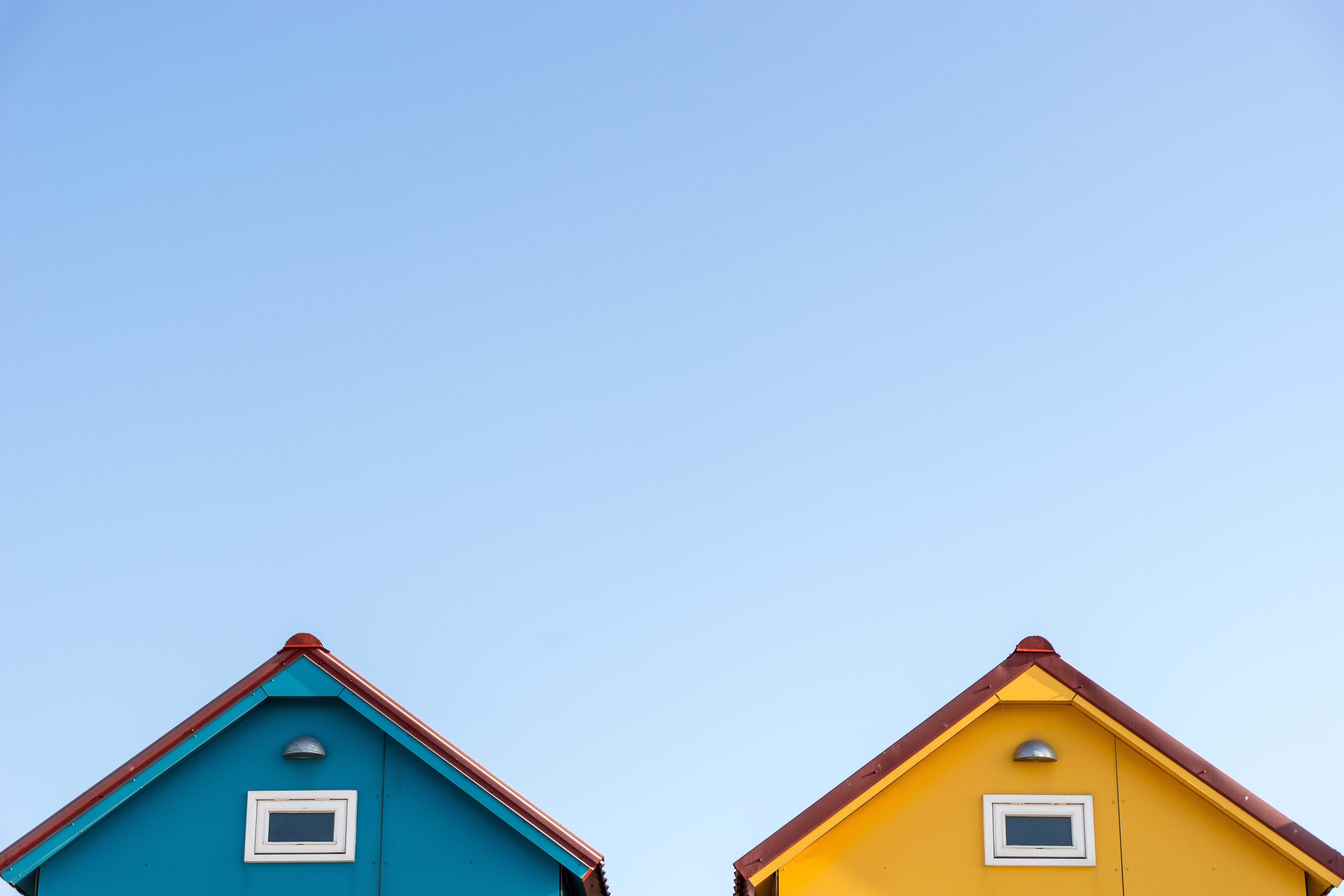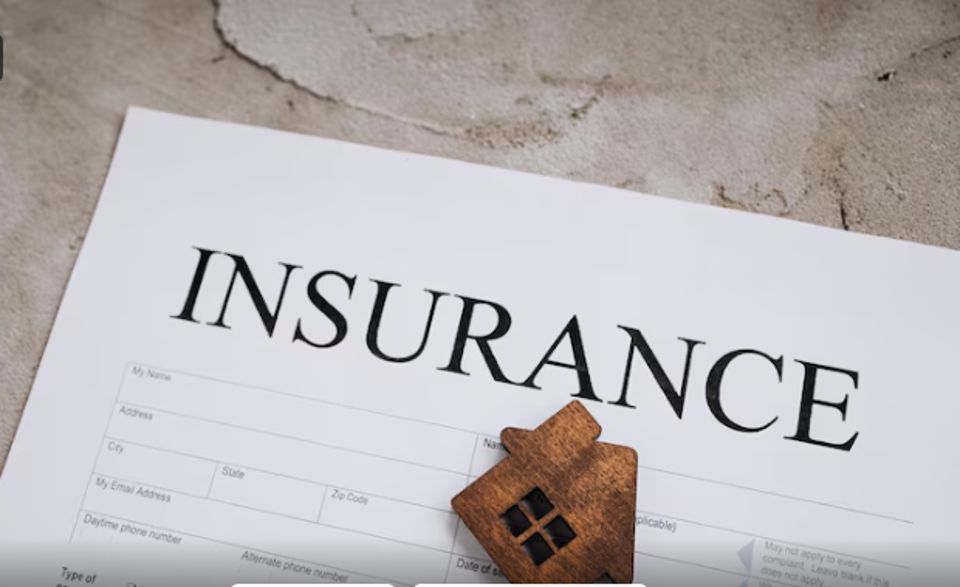What Type of Homes Are Harder to Insure
Older Homes
Homes that are decades old often come with outdated plumbing, wiring, or roofing materials. These features increase the risk of fire, water damage, or structural problems, making insurers more cautious. Replacement costs can also be higher because older materials may be harder to source.
Homes in High-Risk Areas
Properties located in flood zones, coastal regions prone to hurricanes, or wildfire-prone areas are harder and more expensive to insure. Insurers may deny coverage altogether or require separate policies for specific risks, like flood or windstorm insurance.
Vacation and Secondary Homes
Houses that are not lived in full-time face higher risks of theft, vandalism, or unnoticed damage such as leaks or mold. Because they’re often unoccupied for extended periods, insurers may charge higher premiums or impose stricter conditions.
Homes with a History of Claims
If a property has had multiple insurance claims in the past, insurers may see it as a higher risk. Even if repairs were made, the claim history can follow the property and impact insurance eligibility and costs.
Unique or Custom-Built Homes
Homes with unusual designs, rare materials, or luxury features may be difficult to insure because replacement costs are unpredictable. Insurers may require specialized coverage or higher premiums to account for the added risk.
Conclusion
Older homes, houses in high-risk zones, vacation properties, claim-heavy homes, and unique custom builds are among the hardest to insure. While coverage is still possible, it often comes at a higher cost with stricter requirements.






